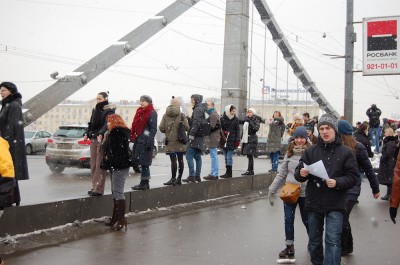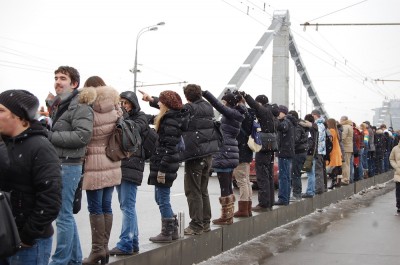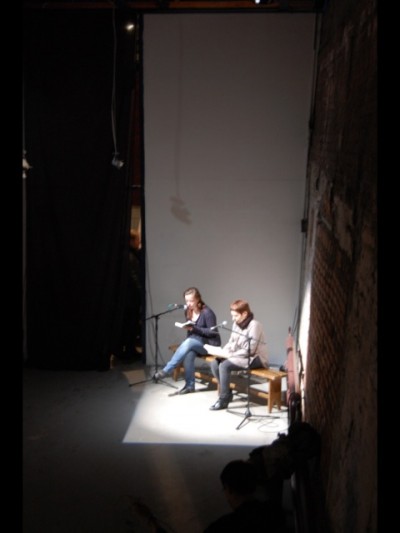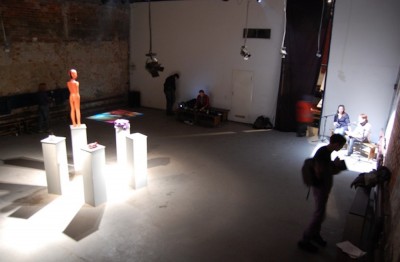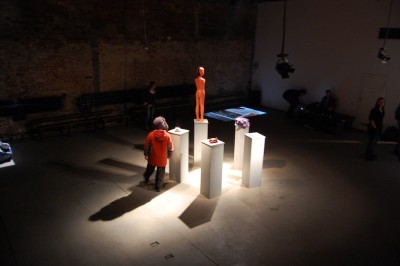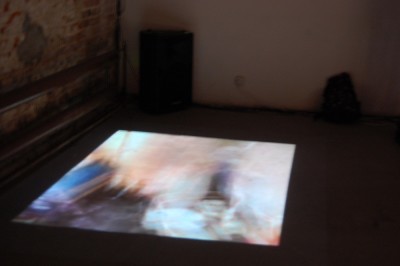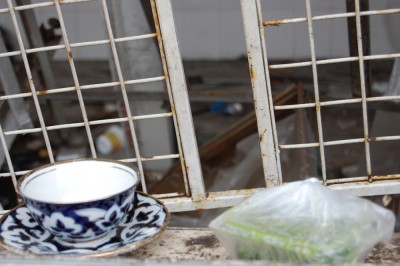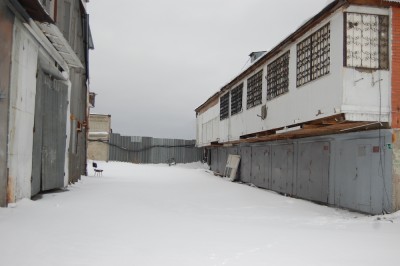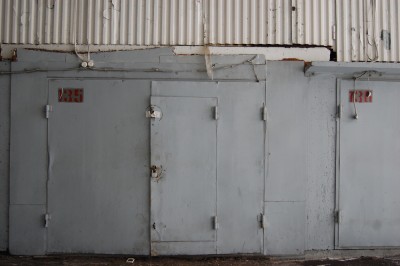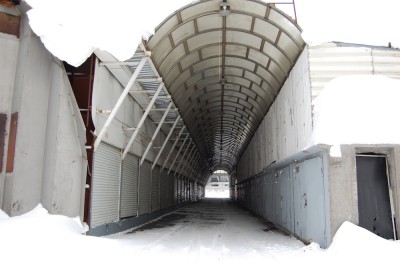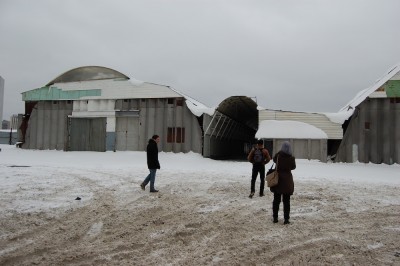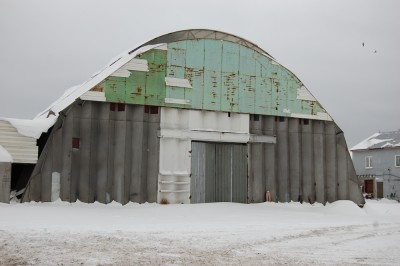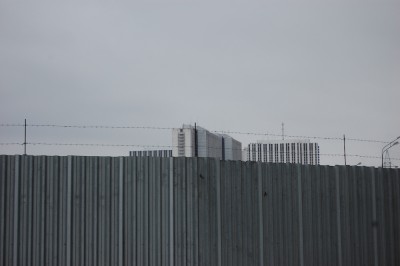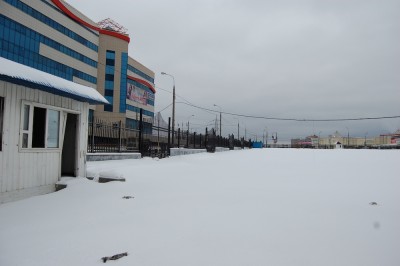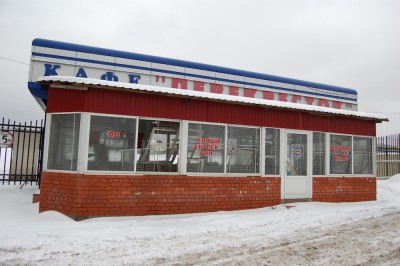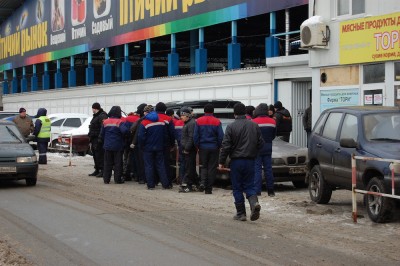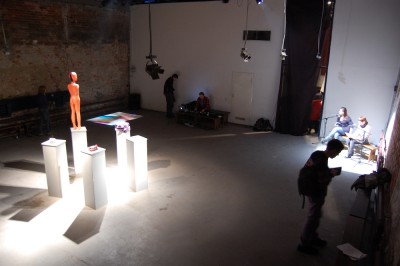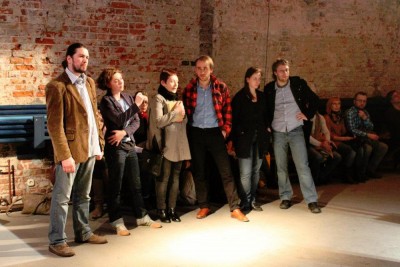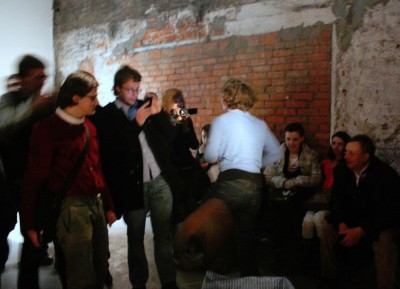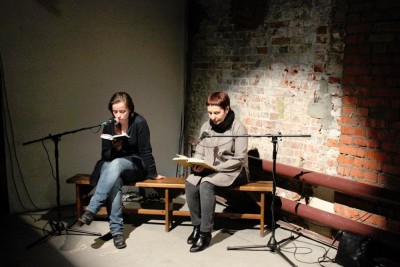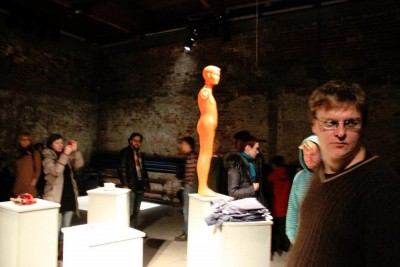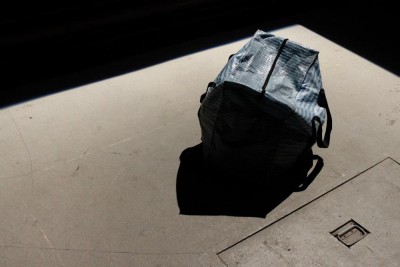ARCHEZONE.MOSCOW
Cherkizov Revisited.
Joseph Beuys-Theater & Sakharov-Centre Moscow
International Documentary Theatre Laboratory 2012:
”Breaking through boundaries”


A Performative Video-Installation about Migrant Workers in Moscow
The Moscow Cherkizov market was Europe’s largest market until its closure in 2009. Approximately 100,000 people worked here every day. Uzbeks, Kyrgyz, Tajiks, Chinese, Vietnamese and many others. Some of its inhabitants did not leave this city within the city for years. A cosmos of its own, with its own laws. An independent creature that cooperated only at its edges with Moscow. The government-led sudden closure put a symbolic end to the multi-ethnic and unstructured obscure.
The performative installation approaches with an archeology of the present, over traces, objects, pictures, text and sound. The visitors can pursue their own tracks in this atmospheric performance and exhibition space or just follow the moving bag that travels through the space. While large protests in the streets where held by the Moscow population against their government, ARCHEZONE takes up the political scope of urban politics and creates an associative compression against the disappearance of the present.
Premiere / Opening: Saturday, February 25, 2012
PRESS
The Moscow Times, 27 February 2012
Theater Plus / Drama Critic John Freedman about Culture and Art in Russia
Breaking Down the Barriers of Theater
By John Freedman
(…) Next up was “Cherkisov Revisited,” a performance-installation, if I may put it that way, conceived by Felix Meyer-Christian, Eylien Konig, Karolina Mazur and Alexei Kukarin. This was ostensibly an exploration of the effect that the controversial closing of the Cherkizovsky open-air market had on those who had worked there, although nothing so obvious and concrete emerged from the performance we witnessed. It included documentary texts drawn from interviews with a former market worker, and excepts from the writings of Chingiz Aitmatov.
The audience wandered about the stage, stopping to peruse a sculptural ensemble of pedestals in the center of the hall; to watch excerpts from Andrei Tarkovsky’s film “Stalker” on a computer in one corner; to watch videos of the old Cherkizovsky market projected on the floor in another corner; to listen to a women reading text in Polish as a Russian interpreter provided simultaneous translation; and to observe an oversized polyethylene bag as it came to life and crawled across the floor.
There was no center of attention and, during a discussion afterwards, director Meyer-Christian admitted he was surprised and even a little disappointed that some elements of his work were basically ignored by spectators. Much was made of the odd figure of the sack making its way across the floor. Some were surprised that no one bothered to open the bag and look inside — clearly there was a person in there, perhaps someone who needed to be liberated. Others pointed out that some spectators stood in the way of the bag and hindered its forward movement. Was this an act of curiosity, indifference or hostility? (…)
TEAM
Concept & Performance
Felix Meyer-Christian
Space & Video & Performance
Karolina Mazur
Space & Performance
Eylien König
Guides, Translator & Performance
Alexey Kukarin, Sergey Gromov
Audio
Katharina Kellermann
Research in Moscow
Alexey Kukarin, Felix Meyer-Christian, Eylien König, Sergey Gromov
The International Documentary Theatre Laboratory was sponsored by:
The European Commission
The Goethe-Institut Moscow
The Polish Cultural Centre in Moscow
